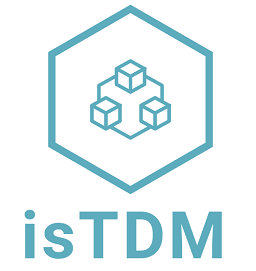The occurrence of possible TD items and criteria to support their identification can be previously mapped in the early stages of the project.
Map potential issues that can occur (intentionally and unintentionally) in the project, impacting software evolution and maintenance activities. These issues are TD items related to non-compliance with the required internal quality software, actions, and technologies. Each TD item is associated with a TD type. This mapping should consider the technical project’s context.
Status
Recommendations
R1_IDT_T1.
Project members should identify the possible issues related to non-compliance among the performed activities, artifacts, technologies, and the required quality standards. The outcome can be used as a list containing information about the potential TD items that can emerge during the project’s lifecycle.
Status
R2_IDT_T1.
This information can be registered on the proposed Artifact 2 (List of Required Actions, Artifacts, Technologies, and Potential TD items – Potential TD items Section)
Status
Define specific criteria and/or acceptance levels to support identifying the mapped potential TD items and their types, mainly those that cannot be identified automatically. It can include defining what types of debts can be accepted and their respective acceptance percentages.
Status
Recommendations
R1_IDT_T2.
Define specific criteria to observe problems related to required standards and practices such as requirements, documentation, code, architecture, design, tests, and versioning.
Status
R2_IDT_T2.
This information can be registered on the proposed Artifact 2 (List of Required Actions, Artifacts, Technologies, and Potential TD items – Criteria Section).
